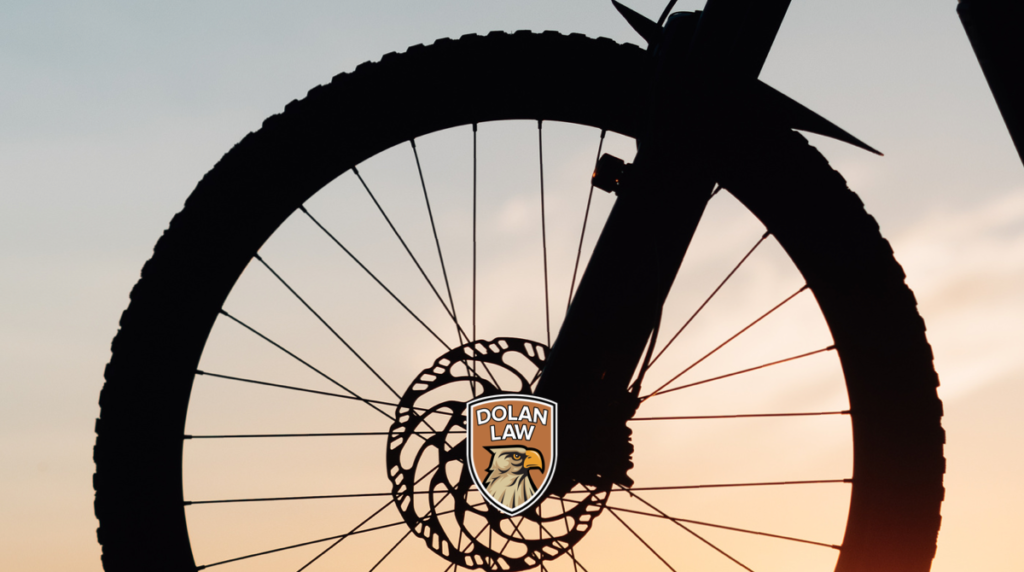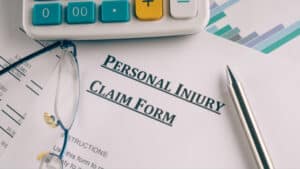Written By Christopher B. Dolan and Nancy A. Villatoro
This week’s question comes from Anonymous who asks: As gas prices continue to soar, I am thinking of getting an e-bike to get around and commute to work. I have noticed more cyclists on the roads, many of them riding e-bikes. Some of them seem to be going faster than their pedaling indicates and as they overtake other cyclists. Some riders don’t even seem to be pedaling, yet they are moving faster than other cyclists around them. I am still on the fence on getting an e-bike since I do not know which bike to get. Do you think bicycle accidents will increase as more e-bikes join the traditional pedal bikes?
Hi Anonymous,
Thanks for your question. In the United States, AAA reported that the average national price for a gallon of regular gasoline hit $4.33, in March of 2022, which is the highest national average ever, not accounting for inflation. Similarly, in California, the highest recorded gasoline price for a gallon of regular unleaded hit $5.91 on March 29, 2022. By the time you read this, it is likely that prices will be higher. With gas prices rising, people across the state and country are turning to alternative wallet-friendly ways to get around town through carpooling, public transportation, electric vehicles, or more popular today and electric bicycles.
Electric bicycles, or e-bikes, are selling faster than expected for the first quarter of the year, above the already high expectations set by the pandemic boom. While many factors may be affecting the boom, such as eased pandemic restricts and workers returning to the office, many merchants point to fuel prices as a contributing factor.
In California, an e-bike is a conventional bicycle with operable pedals and an electric motor that does not exceed 750 watts. It must also not exceed 28 mph on leveled ground. The e-bike motor must cease to function when brakes are applied. The e-bike law prohibits users from modifying electric bicycles to change the speed limit. The law defines electric bikes into three-tier classifications: Class 1, 2, and 3.
Slow-Speed Rechargeable Bicycles Are Comparable to Regular Bikes – Class 1 and 2 e-bikes (with maximum supported speeds of 20 miles per hour) are typically allowed any place regular bicycles are permitted unless there is a posted sign that specifically bans e-bikes. The difference between Class 1 and Class 2 is that Class 2 e-bikes come with a motor controlled by a throttle, which allows the e-bike to be powered without pedaling.
The Exception of High-Speed Vehicles – Class 3 bicycles have top supported speeds of 28 miles per hour. They cannot be utilized on bike paths or trails unless it is permissible by local municipalities. (California Vehicle Code §21207.5.) These types of e-bikes could be used on bike lanes and/or detached bikeways next to a road unless otherwise regulated by local municipalities. Additionally, these also require the use of helmets and cannot be used by riders under the age of 16.
Severe injury accidents increase with higher driving speeds and more people on the road. As detailed in our previous article on March 25, 2021, “Have fun and stay safe on an electric bike,” riders can stay safe on the road by obeying all applicable traffic laws designed to keep those on the road safe. Riders should maintain a safe speed, which means not always reaching the maximum speed allowed by the particular e-bike they ride. E-bikers should always be vigilant of their surroundings, including weather conditions, road conditions, pedestrians, vehicles on the road, and other cyclists. E-bikers should err on the side of caution and wear helmets, even though that might not be required. They should consider wearing brightly colored clothing, making them more visible to others on the road. Riders should use a bell when passing other cyclists or pedestrians to ensure that their presence is known.
Riders should familiarize themselves with their e-bikes before jumping onto the road confidently. Users should take their time, perhaps practicing in an empty parking lot before venturing onto a busy road at high speed. Riders should become familiar with the different pedal-assist settings that many e-bikes have. E-bikes can accelerate rapidly, which can be dangerous for riders not used to sudden momentum changes. A lower pedal-assist setting could help users adjust to the e-bike’s increased acceleration. E-bikers should practice braking from high and low speeds, which may also be a new experience for those accustomed to traditional bicycles. And finally, if riders plan to ride where others are present don’t forget to use your helmets and have fun. For more bike safety tips see our Dolan Law Firm bike safety guide tips.










